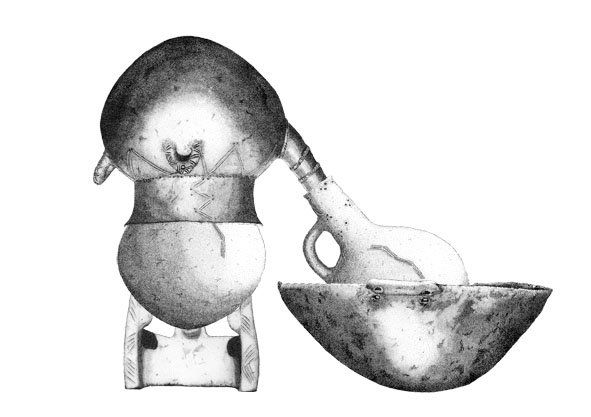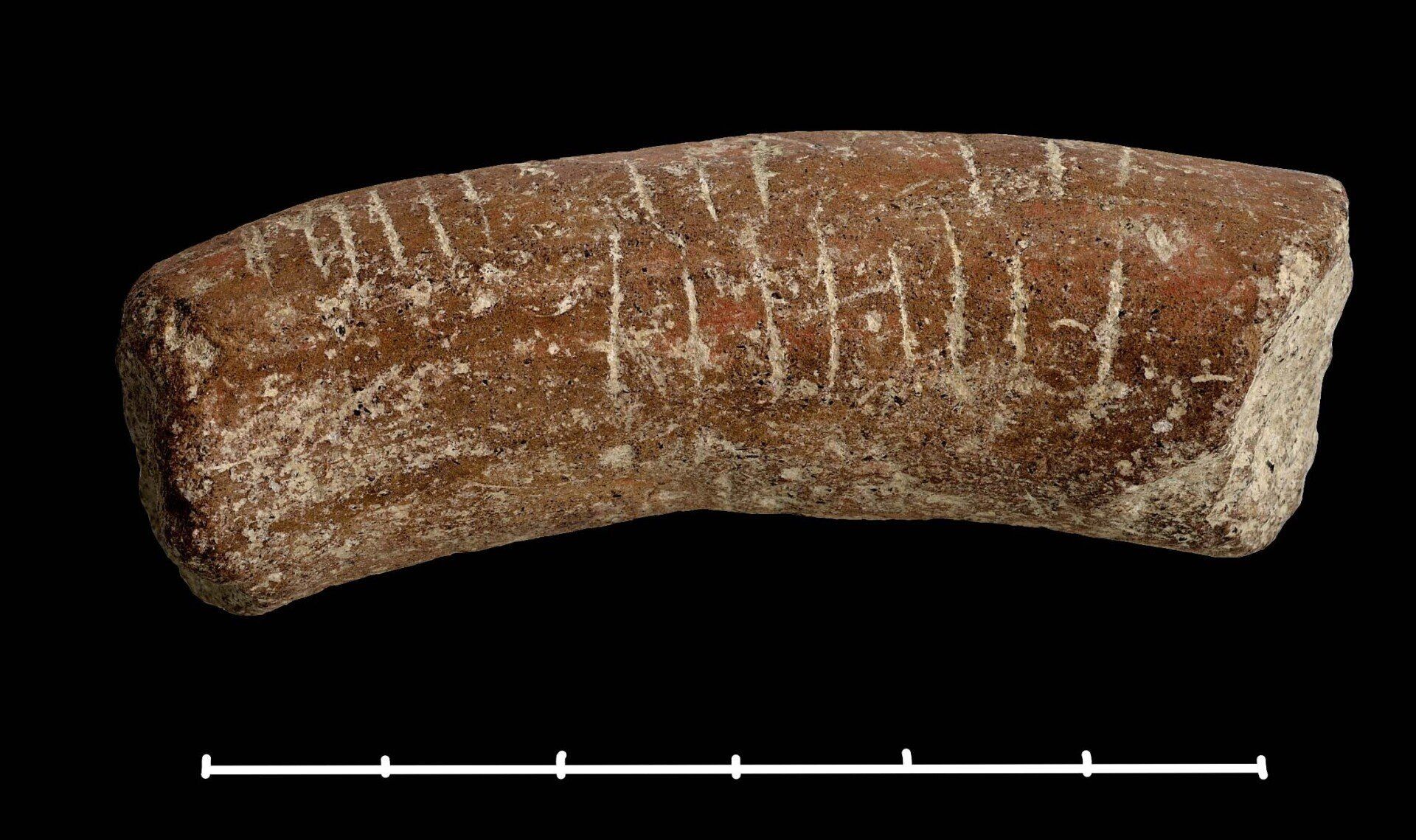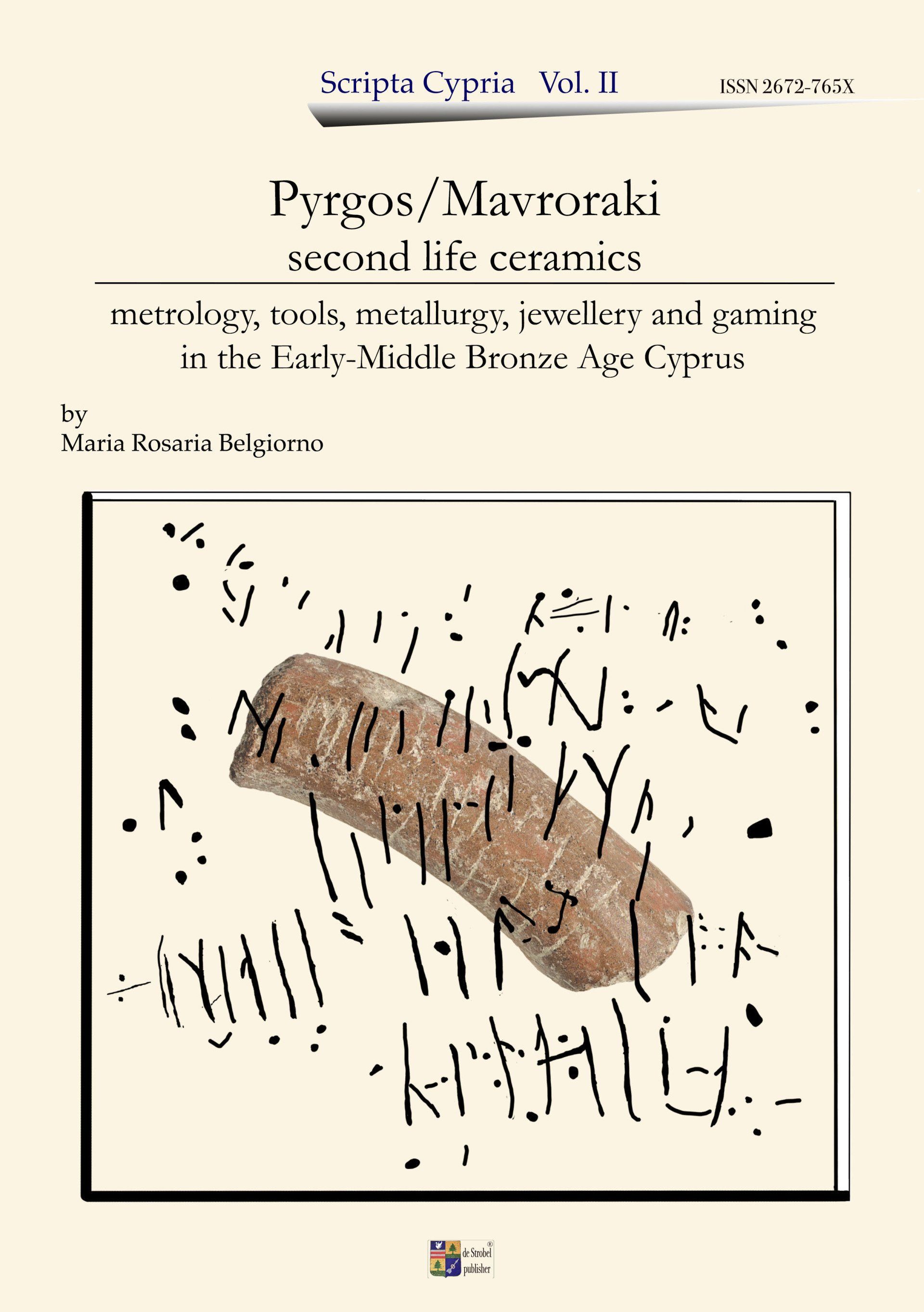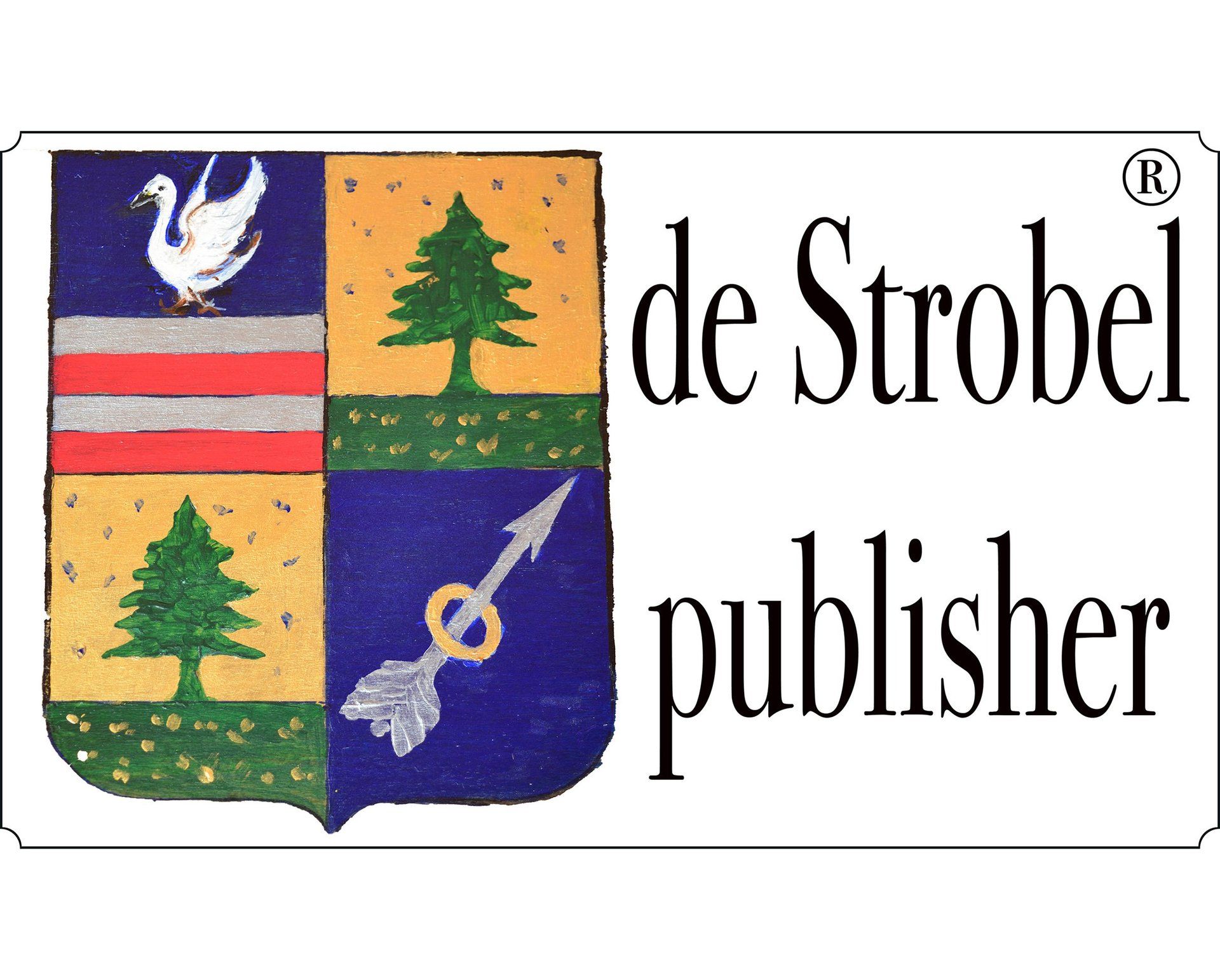
The protagonist is the broken pottery, wasted around houses and working places, which over centuries has become a daily resource used to solve artistic, practical, apotropaic needs and more, looking back into the daily life of an Early Middle Bronze Age village in Cyprus. It is not a matter of a few dozen or hundreds of fragments of modified ceramic, but of thousands of specimens cut out and reused for different purposes. Each fragment seems to have been carefully selected according to its weight and dimension, then retouched on the edge, sometimes punctured in the centre, and finally smoothed around. They represent a typology of the poor, usually neglected artefacts that in turn attest to advanced cultural knowledge. The pottery typology of the sherds confirms Pyrgos/Mavroraki dating back to the end of the Neolithic period, providing a chronological snapshot of the passage between the Early and Middle Bronze Age, witness to the dynamics and expansion of the site due to the formation of an industrial pole on the South coast of Cyprus. The modified sherds are an integral part of the industrial scenario supported by the strategic position between natural resources and the land and marine connection. With the thousands of flint and stone tools, they attest to the productive skill of the inhabitants, probably devoted to prestige goods. In these terms, it is not surprising to find their use as pallettes to mix organic components and as emergency tools in the metallurgical operations. Besides the employ as tools, the modified sherds of Pyrgos Mavroraki provide a chronological suggestion relating to the invention of a primitive metrological system based on polygonal tokens and fractions, which in some way find comparison with a few specimens found in Crete and seem to be the precursor of a counting system adopted in the Mediterranean traffics of the Late Bronze age. Among them a unique fragment of a handle of an Early Bronze Age jug shows five distinct registers of transversal signs, that probably relate to an attempt to record material goods, finding a further comparison in Crete with the famous tablet PH11 from the room XXV of the Palace of Phaistos.


